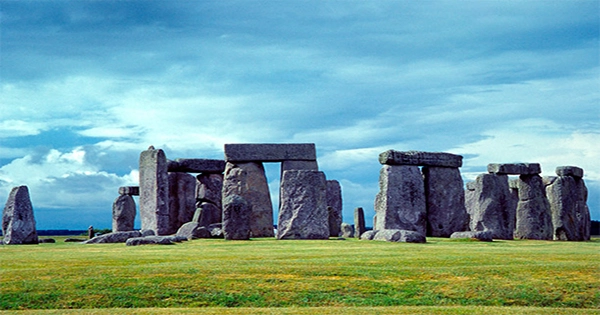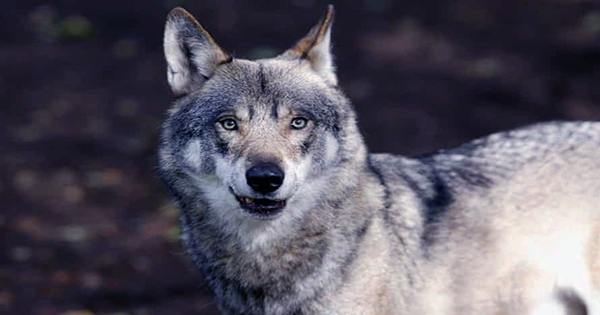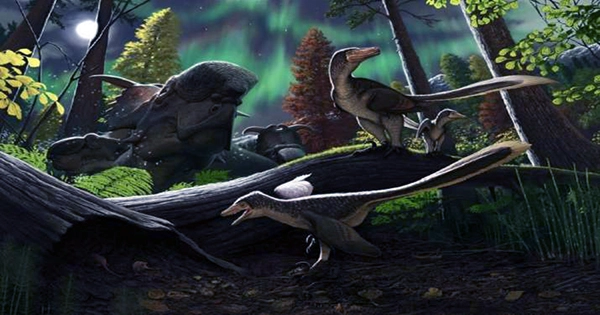Do you want to track down and kill an elephant? Probably not, yet it appeals to some people. Safari Club International, a powerful US-based hunting advocacy group, recently hosted the world’s largest trophy hunting convention in Las Vegas. Attendees bid on a trip to hunt and shoot polar bears in an auction, with some of the proceeds going toward fighting UK government plans to prohibit hunting trophies.
The proposed new laws will be among the toughest in the world, prohibiting the importation of dead animal trophies not only from the “big five” most sought-after hunted animals – lions, leopards, elephants, rhinoceros, and buffalo – but also from more than 7,000 other endangered and threatened species. Trophy hunters pay significant sums of money to go around the world to kill wild animals, frequently in the tens of thousands of dollars. Who can forget Cecil the lion’s death in Zimbabwe in 2015?
He was hunted with a bow and arrow for several hours before being skinned and beheaded by a Minnesota dentist who was a dedicated trophy hunter. Hunting enormous prey, according to hunters, is an intrinsic part of our evolutionary past and is encoded in our DNA.
However, according to anthropological study, hunting large prey gives an excessive amount of food at any given time, which does not always imply future benefits. According to one study, the “costly signalling theory” states that the dead prey was an immediately visible display of skill and daring, which improved the fitness status and sexual advantage of members of the ancestral hunting group (a bit like the feathers of a peacock). Is there a modern-day parallel to trophy hunting?
To acquire a better understanding of trophy hunters’ psychological motives, researchers analyzed 455 hunting accounts from internet hunting forums, extracting 2,864 distinct phrases to determine why hunters are satisfied after their kills. They discovered that “success” was the most often mentioned emotion, followed by “appreciation” of the animals (including “love” for the animals they kill) and “affiliation,” or the feeling of belonging to a hunting group and the strengthening of social relationships that results.
Another study looked at hunters’ nonverbal communication, specifically the type of smile they used in social media photos where they were posing with their dead game. They discovered that when hunters were photographed with carnivores rather than herbivores, and when the prey was large rather than little, smiles of “genuine satisfaction” were substantially more prevalent. According to the authors, this study emphasizes the significance of the concept of inner achievement in trophy hunting.
These grins are more than just happy expressions. They’re exaggerated social displays for social media posts, and they’re part of a larger image that includes both the hunter and the hunted — a show of power, dominance, and control. The animal is merely a prop in a story about the hunters in order for them to indicate their status and fitness in a photo, which is a reconstruction in memory of the hunt itself, as the “costly signalling” theory suggests.
















